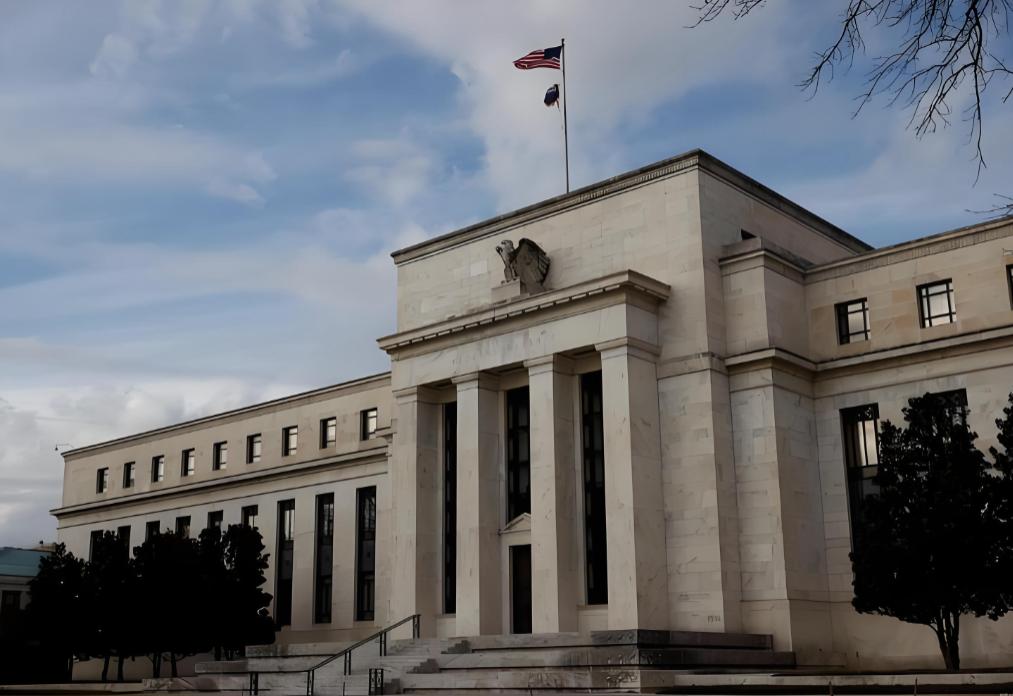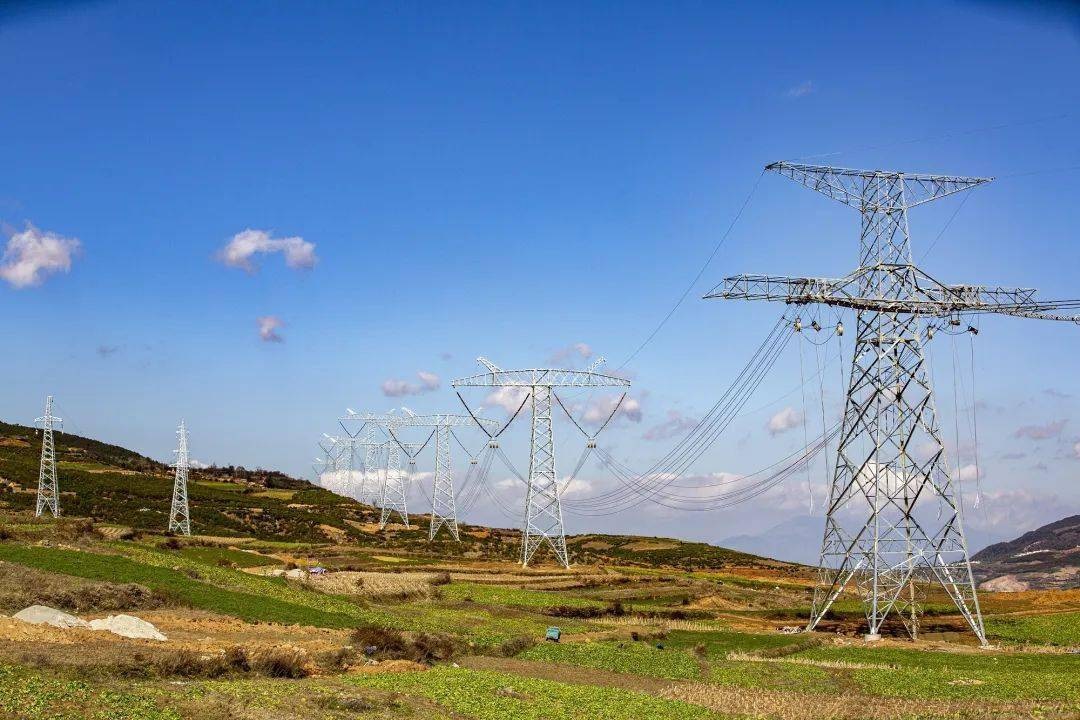
On October 28th local time, the Federal Reserve began a two-day interest rate meeting and is expected to announce the latest interest rate decision on the afternoon of October 29th. Currently, the market generally expects that, based on the weak employment data, the Federal Reserve may carry out the second rate cut this year. Given the current situation of the US employment market remaining weak and economic slowdown pressure, the market generally believes that the Federal Reserve will cut the interest rate by 25 basis points to between 3.75% and 4.00%. The World Large Enterprises Federation, an American research institution, reported on the 28th that the US consumer confidence index declined by 1 point to 94.6 in October, lower than the revised 95.6 in September. The consumer expectation index, which reflects the short-term income outlook, business and employment market environment, dropped by 2.9 points to 71.5. Due to the impact of the federal government's "shutdown", the US non-farm employment data was not released on schedule in September. The National Economic Situation Survey Report released by the Federal Reserve in mid-October, also known as the "Beige Book", showed that labor demand in all regions and industries across the United States was generally low, which also means that the Federal Reserve needs to further cut interest rates to "support" the economy.
This move by the Federal Reserve has a real impact that cannot be underestimated. The influence of the US economy by this move is that although the US inflation rate has slightly declined (CPI in August rose by 2.9% year-on-year), it is still higher than the 2% target, and the core inflation is relatively sticky. The rate cut may increase inflationary pressure by stimulating demand, especially as the effect of tariff policies on the price of imported goods has not yet fully manifested. The Federal Reserve needs to find a balance between "stabilizing employment" and "controlling inflation", avoiding policy mistakes that lead to the risk of "stagflation". At the same time, the core goal of this rate cut by the Federal Reserve is to address the weakness in the job market. In August 2025, the US non-farm employment added only 22,000 people, and the unemployment rate rose to 4.3%, a four-year high. The rate cut may stimulate corporate investment and household consumption through lower borrowing costs, which may alleviate the downward pressure on employment. However, if the rate cut is insufficient or delayed, the economy may still face the risk of recession; if it is overly loose, it may push up inflation and limit policy space. The Trump administration has repeatedly pressured the Federal Reserve to accelerate the rate cut, even attempting to influence the decision through personnel appointments (such as nominating Stephen Milan as a director). In this rate cut, Milan cast the only dissenting vote, advocating a 50 basis point rate cut, highlighting the divergence of policy paths within the Federal Reserve. Political interference may weaken the independence of the Federal Reserve and, in the long term, may undermine market confidence in the creditworthiness of the US dollar and the credibility of policy. In addition, the expectation of rate cuts has pushed up stocks, gold and other risky assets, but the uncertainty of the policy path may exacerbate market volatility. If the rate cut pace is faster than expected in the future, it may trigger inflation concerns, leading to rising bond yields and stock valuation corrections; if the rate cut is delayed, it may intensify the economic recession expectations and drag down asset performance.
Second, it has an impact on the global economy. The rate cut by the Federal Reserve may exacerbate the divergence of global monetary policies. The European Central Bank has paused the rate cut due to the slowdown in inflation, while the Bank of Japan is in the process of raising interest rates due to inflationary pressure. Emerging market central banks may adjust their policies based on their own economic conditions, but the narrowing of the interest rate gap between China and the United States may alleviate the pressure on the depreciation of the RMB, creating favorable external conditions for the Chinese central bank's monetary easing. The rate cut may stimulate demand and push up commodity prices, especially energy and industrial metals. At the same time, the uncertainty of tariff policies and trade negotiations may distort the global trade pattern. Some countries may use currency devaluation to hedge against the impact of tariffs, intensifying exchange rate fluctuations. Moreover, the long-term high inflation and fiscal expansion trend in the United States have raised concerns among global central banks about the creditworthiness of the US dollar, and the demand for gold as a safe-haven asset may continue to rise. If the rate cut cycle of the Federal Reserve extends, the US dollar index may be under pressure, accelerating the process of global currency system diversification.
In conclusion, the Fed's second interest rate cut this year is like a stone dropped into an economic lake. Its ripple effect is profoundly reshaping the trajectory of the US and global economies. In the future, the transparency and independence of the Fed's policy path will become the key variables determining the outcome of this economic game.

報告顯示,中國電力投資加速增長,預計2024年電網基建投資將超過5300億元。
近日,市場迎來了一則引人注目的消息:工業巨頭3M公司(MMM.N)在本周五公布了其季度業績報告,隨後股價飆升至近兩年來的
最近,外媒給OpenAI算了筆賬,今年可能要血虧50億美元。
近日,巴黎奧運會和世界鐵人三項協會聯合發布了一項重大決定,宣布因塞納河水質污染問題,原定於近期進行的奧運會鐵人三項首次下
當地時間7月18日,法國巴黎發生了一起令人震驚的持刀襲警事件。
近期,一則重大消息在國際舞臺上引起軒然大波,馬來西亞宣布加入金磚國家。
調查發現,互聯網和智能手機的使用幹擾了韓國近五分之一學生的生活。